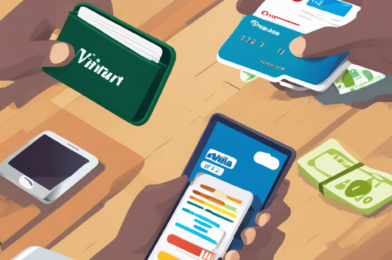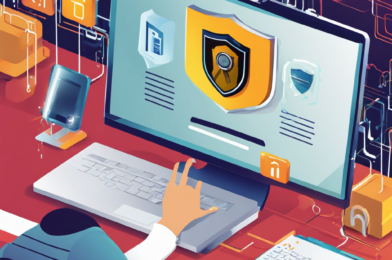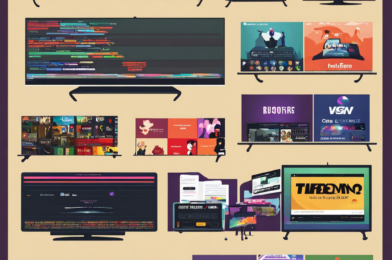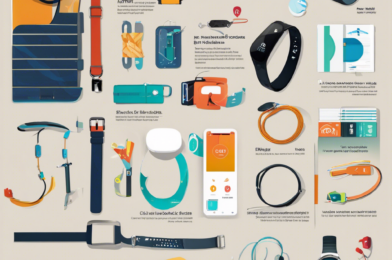The world is rapidly moving towards a digital future, and our wallets are no exception. With the rise of online shopping and cashless transactions, digital wallets have become increasingly popular. But are they safe to use? That’s the million-dollar question on everyone’s minds as we contemplate shifting from the familiar comfort of physical wallets to the uncharted territory of their digital counterparts.
A digital wallet, often referred to as an e-wallet or mobile wallet, is a virtual wallet that securely stores your payment information, such as credit and debit card details, enabling you to make electronic transactions easily and conveniently. With a few simple taps on your smartphone, you can make purchases, transfer funds, and even manage your loyalty cards and rewards programs, all without having to carry around a bulky wallet stuffed with cards and cash. It’s like having the power of your wallet right on your phone, at your fingertips, wherever you go.
One of the biggest concerns people have about digital wallets is security. After all, the thought of having all your financial information stored digitally can be daunting. However, digital wallets actually offer a more secure way of paying than traditional methods. For instance, when you use a digital wallet, your actual card details are never shared with the merchant. Instead, a unique digital token is used to represent your card information, ensuring that your sensitive data remains protected at all times.
Additionally, digital wallets employ advanced encryption technologies and multi-factor authentication to secure your information. Features like fingerprint, facial recognition, or PIN codes add an extra layer of security, ensuring that even if your device falls into the wrong hands, your financial information remains safe and inaccessible. This level of security is often far superior to that of physical wallets, where losing your wallet could mean instant access to your cash and cards for anyone who finds it.
Another advantage of digital wallets is the convenience and speed they offer. No more rummaging through your wallet to find the right card or waiting for change. With a simple tap or scan, you can make quick and contactless payments, a feature that has become especially valuable in today’s world where hygiene and social distancing are paramount. Furthermore, digital wallets provide users with real-time transaction notifications and detailed purchase histories, empowering you with greater visibility and control over your spending habits.
But what about the safety of your personal information? Rest assured, digital wallet providers prioritize user privacy and are committed to safeguarding your personal data. They ensure that your information is only used for the purposes you’ve consented to, such as providing you with their services, and they do not sell or rent your data to third parties without your permission. Additionally, you retain control over the personal information you share, and you can review and revoke permissions at any time.
Despite the assurances and robust security measures in place, it’s understandable to remain cautious. After all, no system is entirely foolproof, and the evolving landscape of cyber threats means that new challenges may emerge. However, it’s important to recognize that the risks associated with digital wallets are no greater than those of traditional payment methods, if not lesser due to the advanced security protocols in place. As with any financial transaction, it pays to remain vigilant and practice good cyber hygiene, such as using strong passwords, regularly updating your device’s software, and avoiding unsecured networks.
The rise of digital wallets has ushered in a new era of convenience, security, and efficiency in the way we manage our finances. With the world embracing digital transformation, it’s safe to say that digital wallets are here to stay and will only get better with time. As technology advances and more merchants and consumers embrace this innovation, we can expect to see even more robust security features, enhanced functionality, and wider acceptance, making digital wallets an even more attractive and indispensable part of our daily lives. So, the next time you reach for your phone, remember that it’s not just a device, it’s your key to a safer, faster, and more seamless payment experience.
In conclusion, digital wallets offer a secure and convenient alternative to traditional wallets, providing users with peace of mind and an enhanced payment experience. With robust security measures, advanced encryption, and user privacy safeguards in place, you can trust that your financial and personal information is protected. So, are digital wallets safe to use? Absolutely! As we stride confidently into the digital future, embracing the myriad benefits of the digital wallet revolution, we can leave our physical wallets behind, secure in the knowledge that our money and sensitive information are safer than ever before.









